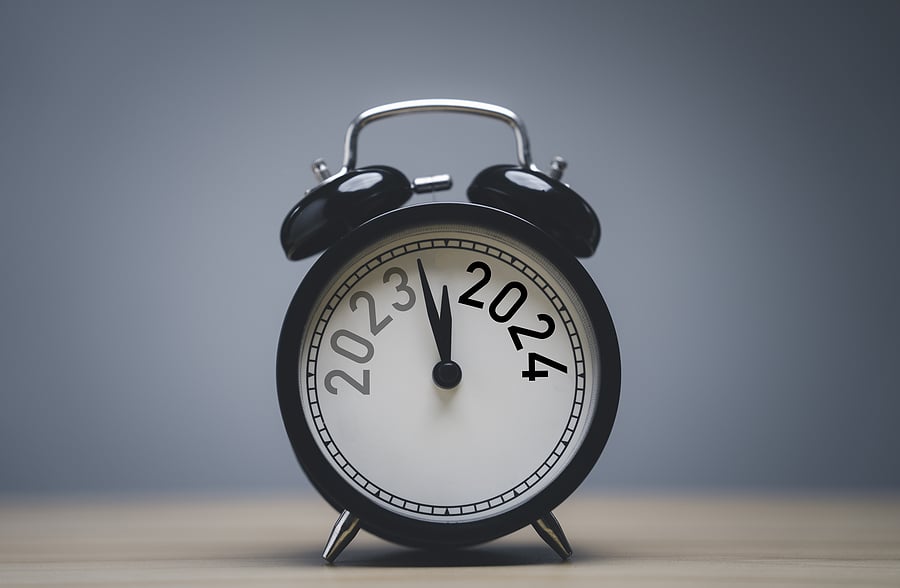As we enter the dog days of summer, you may think of juicy peaches and corn on the cob, backyard barbecues, soaking up the sun or simply trying to beat the heat, but for the almost 1,400 health centers across the country, the first week of August represents National Health Center Week. Each year, the National Association of Community Health Centers (NACHC) sponsors National Health Center Week (NHCW) as an opportunity for the country to celebrate the incredible work community health centers (CHCs) do every day to support healthier patients, healthier communities, and a healthier nation.
This year, the theme of NHCW is Powering Communities Through Caring Connections. Health centers play a critical role in our healthcare ecosystem, providing care for 31.3 million people—that’s nearly 1 in 10 individuals across the United States and territories. They provide a wide array of services including comprehensive primary care, dental and behavioral health services, and enabling services like care management, translation, and transportation. It is these enabling services that can help drive connections between patients, communities, and healthier lives.
CHCs are an energizer cell in their communities, powering connections through screening and providing resources for social drivers of health (SDOH) triggers. SDOH (sometimes also referred to as social determinants of health) are the “conditions in the environments where people are born, live, learn, work, play, worship, and age that affect a wide range of health, functioning, and quality-of-life outcomes and risks.” Addressing these conditions is critical as the National Alliance to Impact the Social Determinants of Health highlight that access to care and the quality of medical care provided only impact about 20% of health outcomes, whereas built environment and social and economic factors contribute to 50% of health outcomes.
The theme of this year’s NHCW is especially apt, as loneliness and isolation are an urgent public health issue facing our country. Dr. Vivek Murthy, the 19th and 21st Surgeon General, released a General Advisory last year, raising an alarm about the impact of loneliness and isolation in the United States. Loneliness not only impacts our mental health, but our physical health as well. In a staggering statistic, lacking social connection can increase the risk for premature death as much as smoking up to 15 cigarettes a day. One of the core pillars identified in addressing our loneliness epidemic is mobilizing the health sector to assess and support patients in social disconnection. This is where community health centers can come into play.
Health centers have long understood the relationship between social and economic factors, the built environment, and health outcomes. In 2023, 24.55% of patients seen at community health centers were screened for social risk factors. CHCs are positioned to support patients with social needs, including loneliness and isolation. Through staff like Community Health Workers or CHWs (a role that has seen a 71% increase since 2020), health centers offer a trusted voice from the community to connect to other community-based organizations.
We at Azara are honored to work with these incredible organizations every day. Our mission is to support population health management with a robust dataset, comprehensive reporting and analytics, and personalized patient engagement, all built into practice workflows. Check out some key stats on DRVS community health centers below (special thanks to Brian Quinn, Azara’s Analytics Team Lead for pulling together the data):

This week, and every week, we want to celebrate the amazing work community health centers do to support healthier individuals and healthier communities as they Power Communities Through Caring Connections.
Related Articles

QA: Azara Healthcare and i2i Population Health Unite to Support Population Health and Quality Improvement for the Safety Net
Explore Insights
Honoring 2024 Health Center Successes with CHQR Badges
Explore Insights
